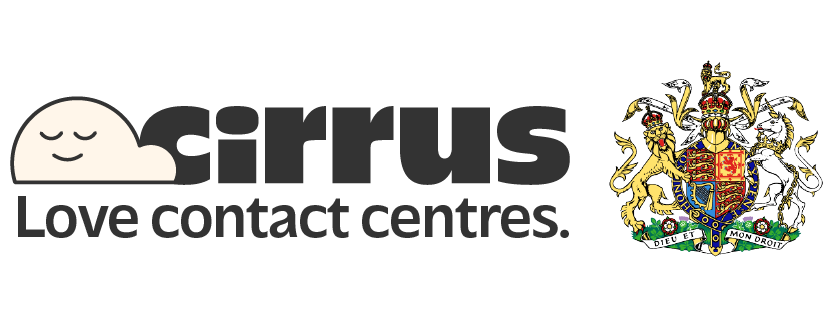What is a customer service queue?
A queue in customer service refers to the virtual line where incoming calls or other customer enquiries are placed until a centre agent becomes available. This system supports efficient routing of both inbound calls and digital channels by managing the order and handling time of interactions. Queues are essential to maintaining structure, managing queue times, and improving customer experience across all service points.
How does call queuing work?
When a phone call reaches a contact centre, the system checks agent availability. If all agents are engaged, the call is placed in a queue. The customer then hears pre-recorded messages, custom hold music, or estimated wait times. When an agent is free, the system routes the call using rules like skills-based routing or time-based routing.
An AI-enabled contact centre uses advanced features such as AI-powered call routing and presence-based call routing to match customers with the right support. These solutions are often combined with omni-channel tools to provide consistent service across voice and digital platforms.
What is a queue callback?
Queue callback allows customers to skip long wait times by choosing to be called back instead. Their place in the queue is saved, and the system automatically reconnects the call when an agent becomes available. This reduces abandoned or bounced calls and offers flexibility to the external caller.
Callback options can be configured through contact centre software, using features like virtual queues, overflow settings, and custom messages. These improve accessibility for high-value customers and support overall customer satisfaction.
The role of the call queue in a call centre
Call queues help manage agent schedules, route business calls to the correct team, and maintain order during peak call times. They can also distribute calls using rules like circular or top-down call routing, ensuring that each department, such as the billing department, handles its assigned load.
Integration with CRM systems and AI-powered agent support provides agents with historical call context and routing options based on the customer’s past interactions. This helps reduce queue wait times and improves the customer service experience.
How can you use a call queue in your contact centre?
Contact centres can configure queues for:
- Auto attendant setup: use Interactive Voice Response to route calls using menu options.
- Agent experience enhancement: Match calls to agents based on presence status and skills.
- Holiday and night services: use features like Holiday Service or Enable Night Service to reroute or delay calls with relevant announcements.
- Queue configuration options: include drop-down lists for Assigned Skill Level, default list settings, and audio files for greeting message or comfort message.
- Overflow call handling: define overflow call routing, use alternate source announcements, and announce estimated average wait time.
With workforce optimisation, agents by department can be better scheduled to handle fluctuating call volumes and agent call queue sizes.
What causes long call queues and long wait times?
Delays in service are caused by:
- Increased volume of calls during business hours or seasonal spikes.
- Busy status or limited availability of centre agents.
- Complicated customer calls require more handling time.
- Unclear menu options within the auto attendant system.
- Limited self-service options, like transfer to voicemail or digital channels.
Industries such as retail, housing, government and healthcare can experience high call traffic, making queue software and centre automations critical for smooth service delivery.
How to improve call queue management
Contact centres can take several steps:
- Use centre queue management tools to monitor current call queues in real time.
- Provide self-service via IVR and nested auto attendants to handle basic enquiries.
- Set custom comfort message announcement and bounce calls logic for overflow scenarios.
- Use historical call queue analytics to plan for high-volume periods.
- Update agent schedules in response to agent list presence or department phone coordinator feedback.
- Offer a custom welcome message announcement to prepare customers during their waiting time.
- Enable advanced queue settings, including custom overflow message media and custom whisper message media for better call handling.
Such strategies are essential in business process outsourcers (BPOs) and higher education, where long queue times affect productivity.
Integration and accessibility
Queue systems must integrate with tools like Microsoft Teams to manage external phone lines and business phone systems. Integration improves routing list efficiency and allows admin settings like transfer mode or custom reports to be accessed in one place.
Accessibility also matters. Authorised users, including those managing department-level queues, must access systems with clarity and ease, especially when setting up features like audio file messages or configuring a Virtual Line drop-down menu.
For sensitive calls, secure payments enable payment handling during the phone call queue without exposing data.
Use cases across sectors
Queues are not limited to one type of organisation. They help manage calls in many different industries, each with its own needs and challenges. Whether it’s a public service, a retail brand, or a housing provider, queues make it easier to handle busy phone lines, respond to customers, and direct calls to the right teams.
- In not-for-profit services, queues help organise incoming calls from people in need of support. These calls are often important and time-sensitive, so the queue helps direct each one to the right team without delay.
- In retail, call queues make it easier to manage customer calls by directing them to the correct department, like returns, delivery, or product queries. Direct Routing helps reduce the chance of a call being transferred too many times.
- In housing, call queues are used to handle a mix of emergency maintenance calls and general questions. Features like custom music and recorded messages make the wait more informative and less frustrating.
Across all these sectors, queue agents handle phone call queues based on the department’s working hours, agent availability, and the type of caller, whether it’s an outbound caller, a party caller, or someone using a digital channel to get in touch.
Conclusion
Queue systems help manage businesses with innovation. They organise centre operations, support customer calls, and improve agent efficiency. From skills-based routing to queue configuration and AI-powered automations, queues create balance in service delivery. With support for real-time tracking, custom messaging, and callback features, contact centres can now offer a smoother and more satisfying customer journey.
To see how modern queue tools fit your goals, book a demo with the expert for a 30-minute product demo.
Your Contact Centre, Your Way
This is about you. Your customers, your team, and the service you want to deliver. If you’re ready to take your contact centre from good to extraordinary, get in touch today.


